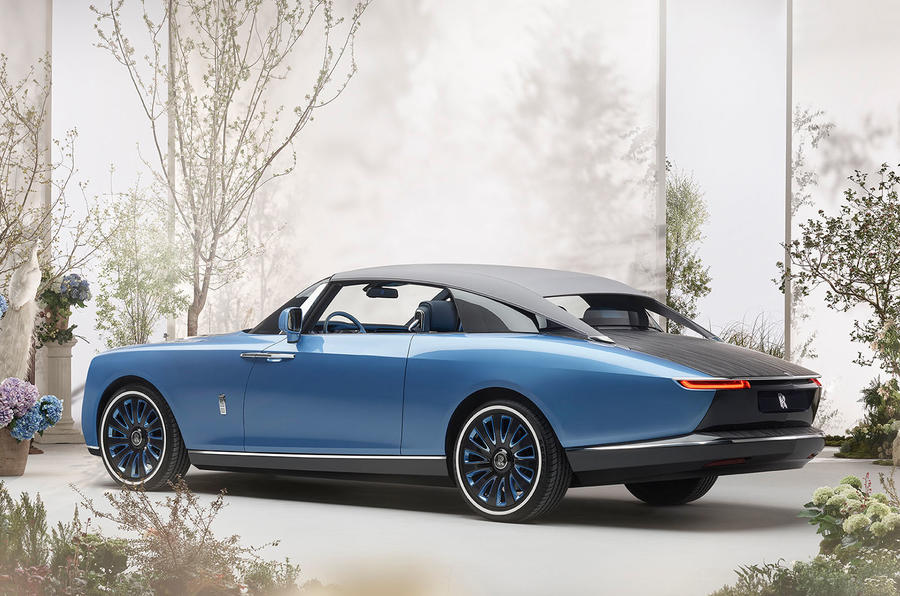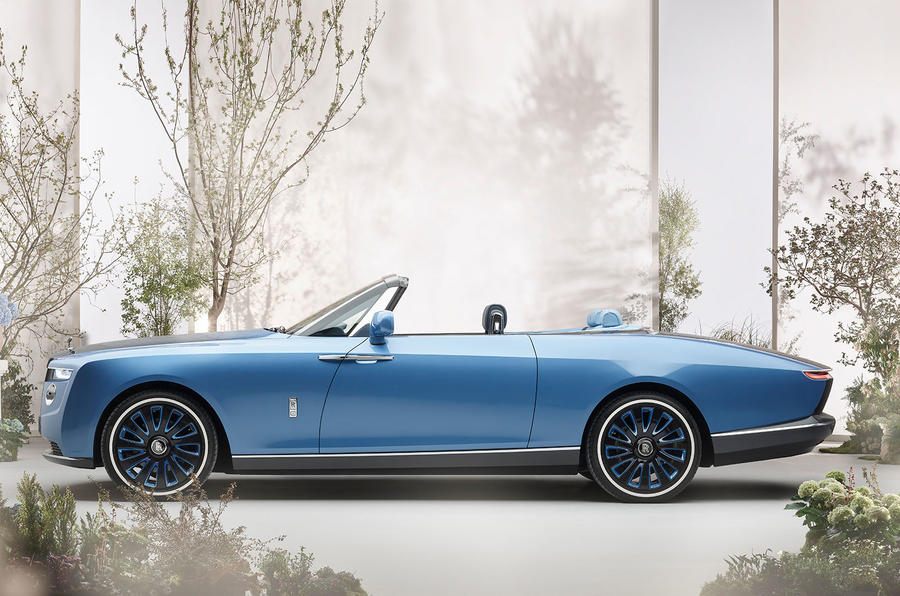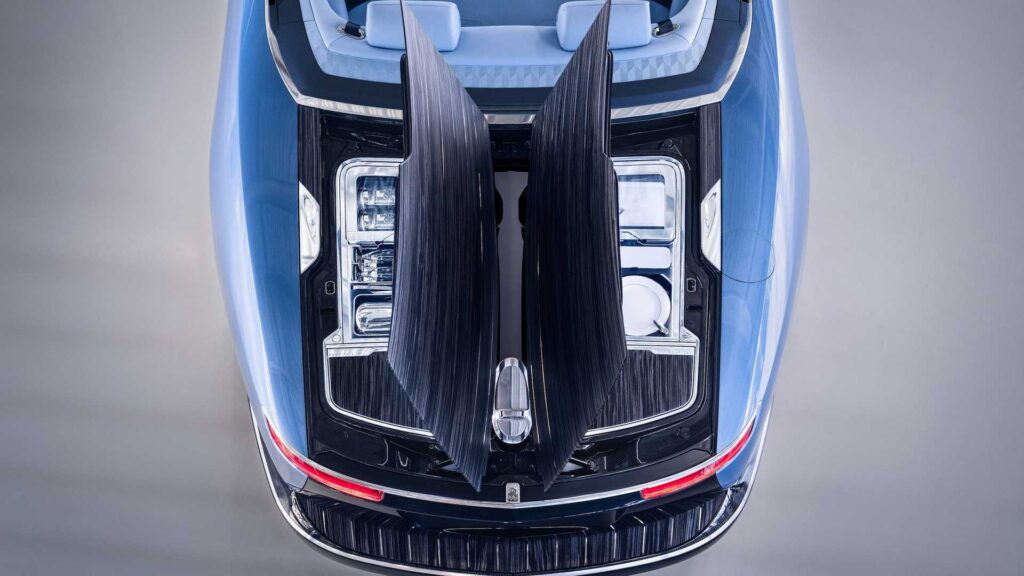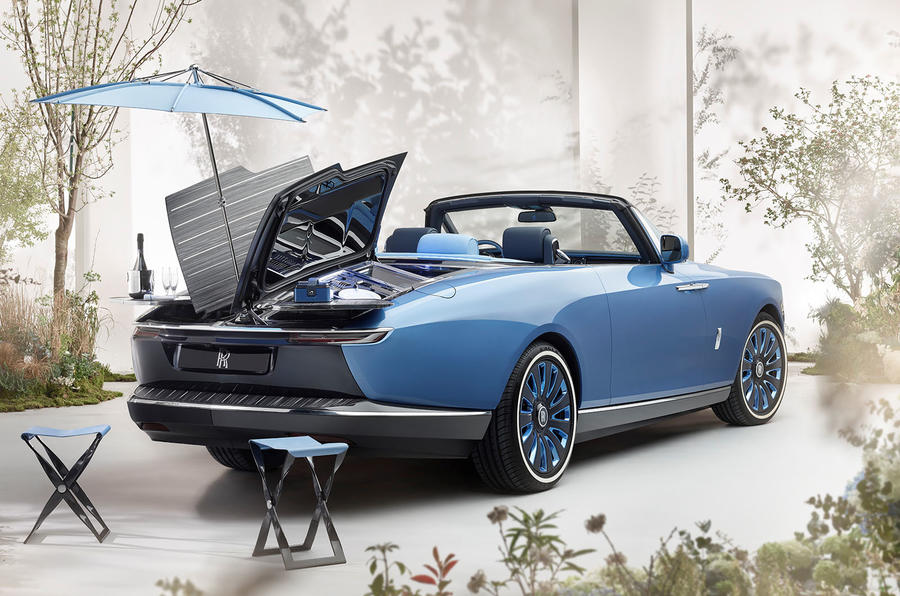This Is The Rolls Royce Boat Tail And It Is The Most Expensive Car In The World!

This Is The Rolls Royce Boat Tail And It Is The Most Expensive Car In The World! The Rolls-Royce Boat Tail and it certainly becomes the most expensive new car ever. With a reported price tag of £20m (approx. R400 million), this eclipses the Pagani Zonda HP Barchetta which was rumoured to cost $17.5 million (only £12m) by a large margin.

According to Zero 2 Turbo, the most expensive model that the British marque has yet produced takes the name Boat Tail. Last used for a series of coach built Rolls-Royces in the 1920s and 1930s, it refers to a distinctive rear end that mimics a J-class yacht’s hull. The car is a two-door, two-seat grand tourer that is a whopping 5,9m long and has a removable cloth canopy roof that connects to the wooden rear deck. Just three units have been hand-built with each customer getting to customise them through the entire process.

Under the rear deck, you will find the “hosting suite” which features a double champagne fridge designed specifically for the client’s preferred vintages. There is also silver cutlery with engraved “Boat Tail” emblems on the opposite side, along with matching porcelain plates with platinum rims. For additional fun in the sun, a parasol and two cloth stools pop out of the rear deck, as do two cocktail tables on either side.

“It was born from a desire to celebrate success and create a lasting legacy,” CEO of Rolls Royce Motor Cars Limited Torsten Muller-Otvos told Zero 2 Turbo. “In its remarkable realization, Rolls-Royce Boat Tail forges a pivotal moment in our marque’s history and in the contemporary luxury landscape.”

The result of a collaboration between Rolls-Royce and three patrons who share a common ambition to create something truly extraordinary, the Rolls-Royce Boat Tail is a unique coach built commission. A modern example of the historic boat tail shape, the Rolls-Royce Boat Tail represents an exploration of luxury, design and culture between Rolls-Royce and commissioning clients to create something that doesn’t exist within the brand, while capturing the personal tastes and passions of the patrons.




